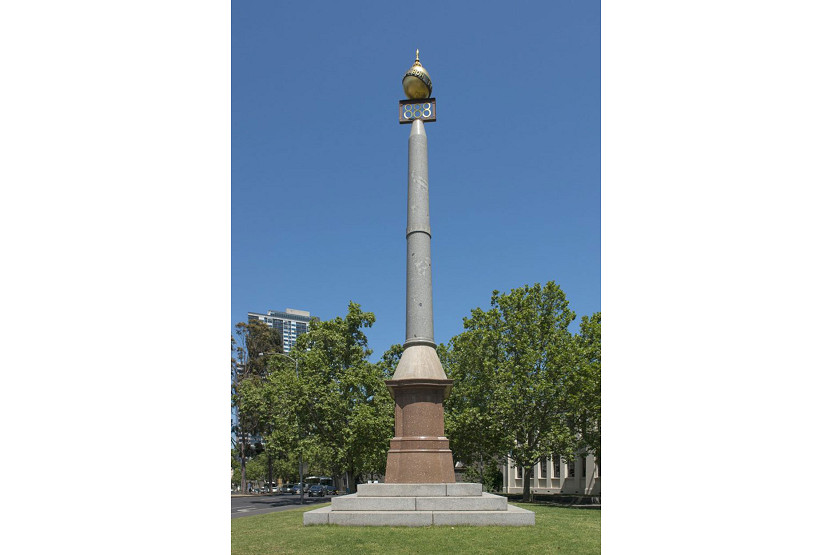Delving into the history of West Melbourne
The Hotham History Project is currently putting together a volume of chapters on the history of West Melbourne.
A boat trip on the passenger vessel the Blackbird on April 15 took project members and friends on a journey that explored the past history of the area and the new developments that are transforming the western end of the city.
It brought into focus the old West MelbourneSwamp and its subsequent development asCoode Island, now the storage area for petrochemicals; the former industrial area of Fishermans Bend; the development of the Port of Melbourne’s several docks that have risen and waned according to the type and number of ships using its facilities; and the housing and high-rise developments, both office and apartments, that make up the current Docklands area of Melbourne.
Our tour took place 220 years after Charles Grimes embarked on an expedition to explore the Maribyrnong River in 1803. This was the domain of the Wurundjeri people of the Kulin Nation. The name “Maribyrnong” is believed to have derived from the phrase meaning “I can hear a ringtail possum”.
The assistant surveyor of New South Wales had been tasked with the exploration of Port Phillip Bay. On February 3, 1803, he sailed up what was originally named the Saltwater River: this was to differentiate it from the Freshwater River, later called the Yarra. Grimes traveled up the Yarra on the following day as far as Dight’sFalls. Grimes’s report was not enthusiastic about the prospect of settling Port Phillip and it wasn’t until 1835 that John Batman arrived to start what was to become a thriving settlement.
Our river trip began its journey down the Maribyrnong, passing under the Westgate Bridge before turning into the Yarra River, under the Bolte Bridge, and taking in Melbourne’s Docklands.
The journey was a lesson in the industrial and social history of the area, in particular the history of transport. Punts used to take pedestrians and vehicles across the river, and one, the Westgate punt, continues to operate for cycles and pedestrians.
The construction of the Westgate Tunnel and its associated infrastructure is currently in progress and there was plenty of evidence of this. We could see some of the large container vessels that are used to import and export goods, and we were amused to know that Melbourne holds the world record for the highest of number of empty containers.
Owner of the Blackbird, Peter Sommerville, is a keen supporter of Melbourne and in particular of its western suburbs. He pointed out that Melbourne had two bridges that have higher clearances than the Sydney Harbour Bridge (49metres) – the Westgate (58 metres) and the EJ Whitten Bridge (54 metres) named after the Footscray footballer Ted Whitten
The Bolte Bridge is named after Victoria’s 38th and longest-serving Premier, Sir Henry Bolte. It was under his premiership that the last person was hanged in Victoria, and Sommerville likened the up-rights to the gallows. He also referred to the two uprights on the bridge as Jeff Kennett’s two finger salute to Melbourne. The Blackbird has its own history, having been built in Lakes Entrance in 1926. Sommerville bought it in 1979 and he has been running tours of the river since the early1980s.

Jo Ryan unveils Ordered Chaos at Blender Studios






 Download the Latest Edition
Download the Latest Edition